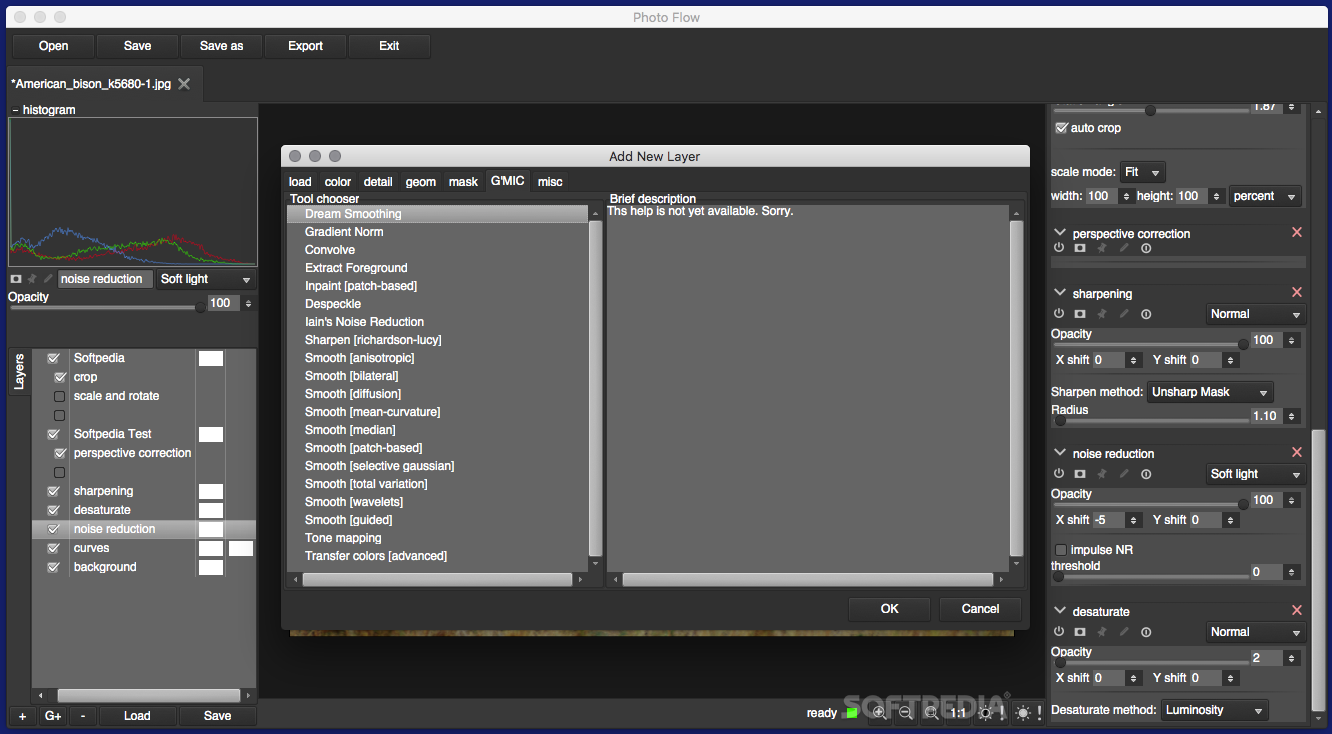

You can easily search for the recipe and its variants, as there are a few. Crawley published a recipe in the British Journal of Photography. However, modern monobath formulations date to about 1974, when G.W. Polaroid's b&w film used a monobath, making photography truly instant. Quick results meant the image got to the editor sooner. Monobaths have been around since the late 1800s, and were popular in the 1950s and 60s with photojournalists. Monobaths are often used at higher than 20☌. Different monobath formulas have their own peculiarities and effects on any single type of film. there may be increased contrast 4 - some films may need additional fixing 5 - some monobaths may cause excessive grain, raise the film speed, or cause fog. 1 - there may be reduced contrast 2 - there may be a loss of shadow detail 3.

Because of this dynamic, several things may happen depending on the film and the exposure. What happens is that the developer is aggressive, and the fixer takes a while to kick in, which by that time, the developer has mostly done its job. How does it work? Magic? No, of course, not. With a monobath, it's just one time for all b&w films. B&W films also typically use a 3-step process, with different times for various films and developers. There is no multi-step process like conventional C-41 or E-6 film. If you ever shot a Polaroid or an Instax image, it's essentially a monobath process to develop the film.

Yes, it can also be a color process as well. What is a monobath anyway? - Simply put, it is a solution containing a developer and fixer for b&w film. Of course, I am exaggerating my skepticism, but I certainly needed to be convinced that it was worth trying. You might as well have tried to convince me that you were transmuting lead into gold. The idea of develop and fix in ONE bottle was blasphemy to my ears. I was skeptical of such processes, as if they were some sort of alchemy. To be honest, I have been known to dismiss the use of a monobath for developing film.


 0 kommentar(er)
0 kommentar(er)
